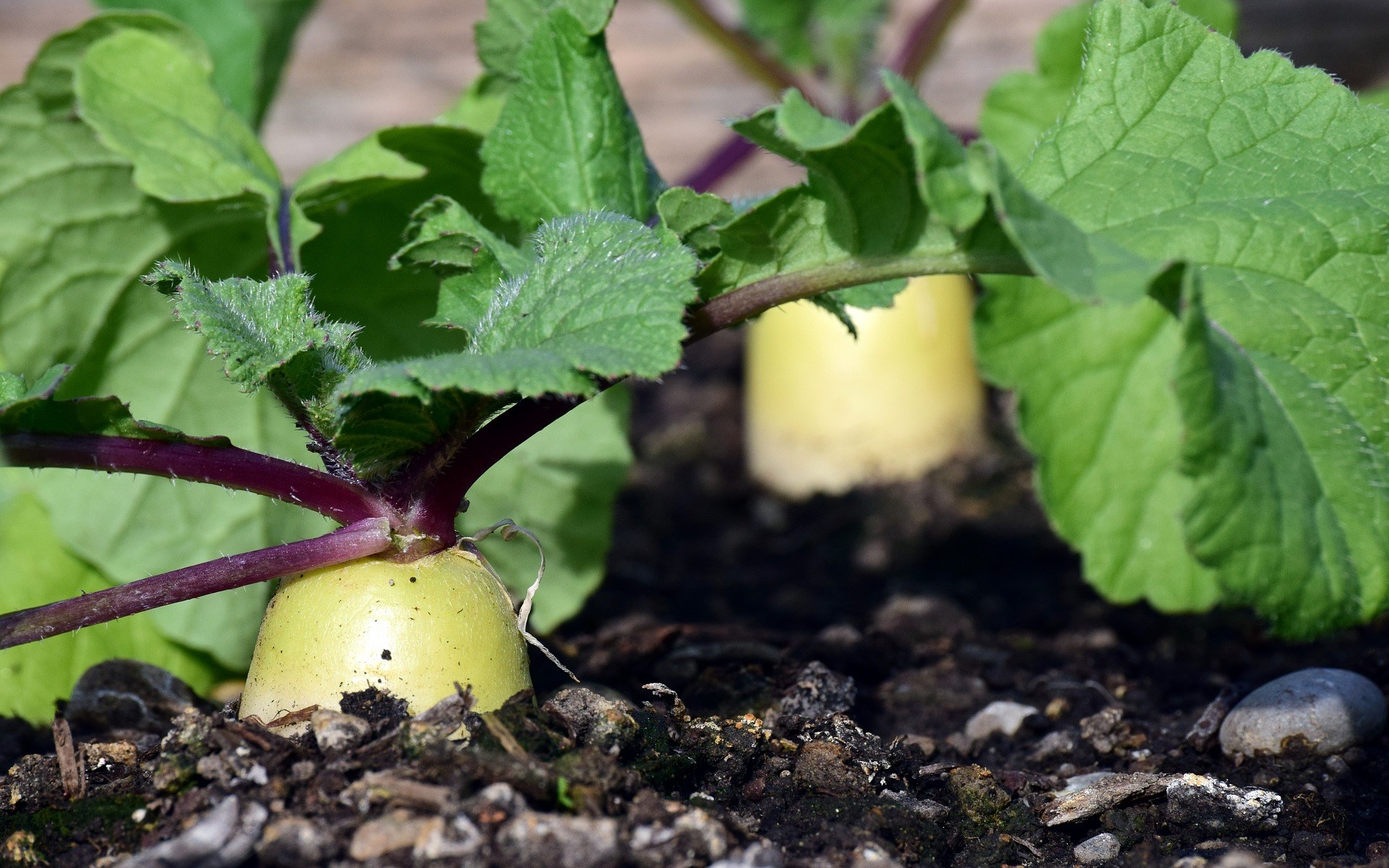Preventing contamination is the most important part of food safety in fresh produce and it starts in the vegetable garden. Follow these steps to promote food safety with fresh, garden produce.
In the Garden
- Be familiar with the water source for the garden. If using well water, test the water at least once a year to make sure it meets the Environmental Protection Agency (EPA) standards.
- Use compost safely. Don’t add animal waste, including pet waste, meat scraps or dairy product waste to the compost bin or soil.
- Try to keep wild and domestic animals out of the garden.
- When harvesting or picking food, check to make sure the fruits and vegetables are not bruised or diseased.
- Brush, shake or rub off extra soil in the garden when harvesting. It will still need to be washed in the kitchen, but there won’t be extra dirt in the home.
Transporting Produce
- Use clean, food grade containers for harvesting fresh produce.
- If there is a short travel time between the community garden to the kitchen, the produce may be transported at room temperature. For longer trips or when it is very hot outside, consider using a cooler to transport produce.
Prepare & Serve
- Always wash hands with warm soap and water for at least 20 seconds before preparing and eating food.
- Keep all kitchen surfaces and tools clean. Utensils can be cleaned with hot water and soap.
- Rinse fruits, vegetables and herbs under clean running water. Using soap, detergent or bleach to wash food is not necessary.
- Types of fresh produce vary widely, from sturdy root vegetables to delicate berries. The recommended methods of washing depend on the type and characteristics of the produce, such as using a vegetable brush to scrub root vegetables and a strainer to gently rinse berries. The best time to wash produce is just before eating or cooking.
- Remove and throw away bruised or damaged portions of fruits and vegetables when preparing to cook them or before eating them raw.
- Refrigerate all cut, peeled or cooked fresh fruits and vegetables within two hours. Refrigerated foods need to be stored at 40°F or cooler.
- Throw away any fruit or vegetable that will not be cooked if it has touched raw meat, poultry or seafood.
Home Food Preservation
- Use only reputable, up-to-date sources like the National Center for Home Food Preservation or OhioLine factsheets for recipes that are validated for safety.
- Canned food must be properly processed the correct amount of time.
- It is important to remember that many vegetables must be pressure canned. Water bath processing is generally used for high acid fruits, tomatoes, and pickles. Following a recipe from the sources above will help ensure the correct process is used.
Sharing the Harvest
- Share only high quality fresh produce. If it is too ripe for you to use, it will not be useful to others.
- Home preserved foods should not be accepted by food banks or food pantries. Fresh produce may be accepted.
- When sharing fresh produce, follow all food safety recommendations including using food safe containers and following the food transportation tips.
Following these steps will help with safely enjoying fresh vegetables, fruits and herbs grown in Ohio!


